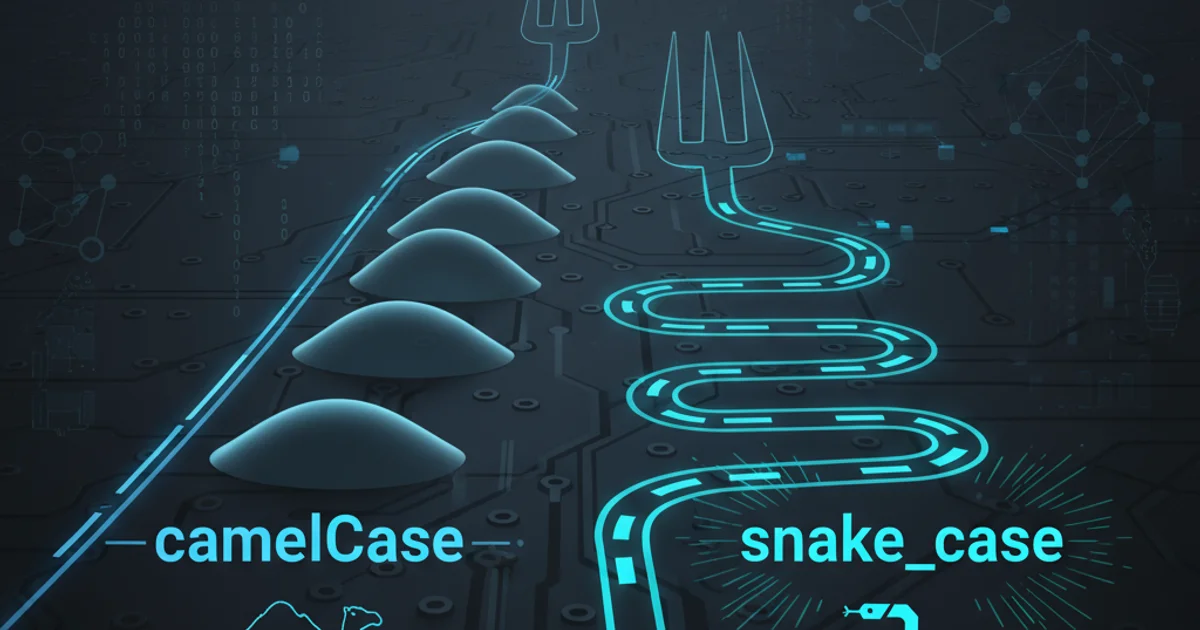Replacement for textureCube in GLSL 150+?
Categories:
Replacing textureCube in GLSL 150+ for Modern OpenGL

Learn how to migrate from the deprecated textureCube function to texture with a samplerCube in GLSL versions 150 and above, ensuring compatibility and leveraging modern shader features.
With the evolution of GLSL, many older functions have been deprecated or removed in favor of more generalized and flexible alternatives. One such change that often causes confusion for developers migrating older OpenGL code is the replacement of textureCube with the more generic texture function when working with cube map textures in GLSL versions 150 and above. This article will guide you through understanding this change and implementing the correct modern approach.
The Shift from Fixed-Function to Programmable Pipeline
Older GLSL versions (like 1.20 and below) were more closely tied to OpenGL's fixed-function pipeline. Functions like textureCube, texture2D, texture3D, etc., explicitly indicated the type of sampler being used. However, with the advent of the programmable pipeline and more generalized shader capabilities, GLSL 1.30 (and subsequently 1.50 and higher) introduced a unified texture function. This function's behavior is determined by the type of the sampler variable passed to it, making the shader code more concise and adaptable.
flowchart TD
A[GLSL < 1.30] --> B{Sampler Type?}
B --> C[sampler2D]
B --> D[samplerCube]
C --> E[texture2D(sampler2D, vec2)]
D --> F[textureCube(samplerCube, vec3)]
G[GLSL >= 1.30] --> H{Sampler Type?}
H --> I[sampler2D]
H --> J[samplerCube]
I --> K[texture(sampler2D, vec2)]
J --> L[texture(samplerCube, vec3)]
E & F & K & L --> M[Return Texel Color]
style A fill:#f9f,stroke:#333,stroke-width:2px
style G fill:#bbf,stroke:#333,stroke-width:2pxEvolution of Texture Sampling Functions in GLSL
Implementing texture for Cube Maps
To sample a cube map texture in GLSL 150+ (or any version 130 and above), you simply declare your sampler as a samplerCube and then use the texture function, passing the sampler and a 3D texture coordinate vector. The GLSL compiler automatically infers the correct sampling behavior based on the sampler's type.
#version 150 core
in vec3 TexCoords;
out vec4 FragColor;
uniform samplerCube skybox;
void main()
{
// In GLSL 150+, textureCube is replaced by texture
FragColor = texture(skybox, TexCoords);
}
Example Fragment Shader using texture for a Cube Map
#version 150 core) matches the features you intend to use. Using an older version with modern syntax will result in compilation errors.Common Pitfalls and Best Practices
When migrating or writing new shaders, keep the following in mind:
- GLSL Version Compatibility: If you're targeting a wide range of hardware, be aware that older GPUs might not support GLSL 150+. However, for modern applications, 150+ is a safe and recommended baseline.
- Sampler Declaration: The type of sampler (
sampler2D,samplerCube,sampler3D,sampler2DShadow, etc.) is crucial. It tells thetexturefunction how to interpret the texture coordinates and perform the lookup. - Texture Coordinates: For cube maps, the texture coordinates must always be a
vec3. These coordinates represent a direction vector from the center of the cube map, determining which face and texel to sample. - Uniform Binding: Ensure your cube map texture is correctly bound to the
samplerCubeuniform in your application code (e.g., usingglUniform1iandglActiveTexture).
// C++ OpenGL application code example
// Assuming 'skyboxTextureID' is the OpenGL ID for your cube map texture
// and 'shaderProgramID' is the ID for your shader program
// Get the uniform location for the samplerCube
GLint skyboxLocation = glGetUniformLocation(shaderProgramID, "skybox");
// Activate texture unit 0
glActiveTexture(GL_TEXTURE0);
// Bind the cube map texture to texture unit 0
glBindTexture(GL_TEXTURE_CUBE_MAP, skyboxTextureID);
// Set the 'skybox' uniform in the shader to use texture unit 0
glUniform1i(skyboxLocation, 0);
Binding a Cube Map Texture in C++ OpenGL
By following these guidelines, you can effectively replace textureCube with the modern texture function, ensuring your GLSL shaders are compatible with current OpenGL standards and best practices. This unified approach simplifies shader development and makes your code more maintainable.